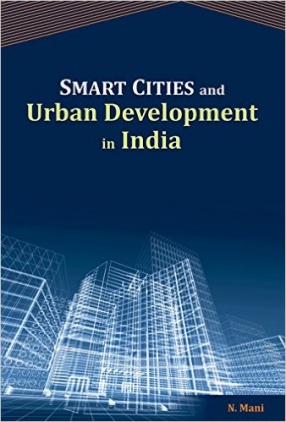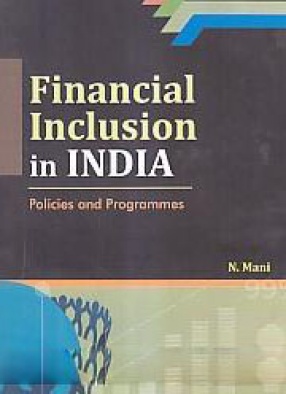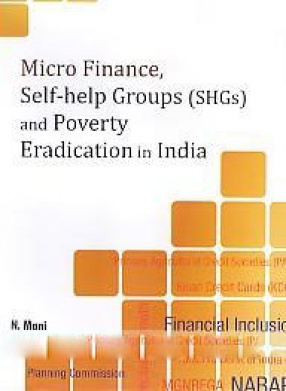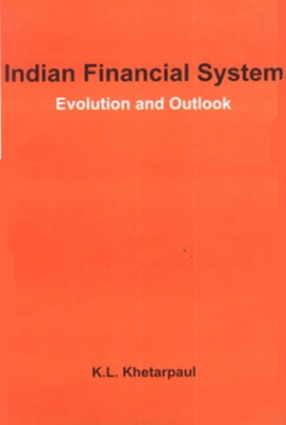The share of urban population in India’s total population was 25.7 percent in 1991 which increased to 27.8 percent in 2001. About 377 million Indians comprising of about 31 percent of the country’s population, live in urban areas according to Census 2011. Projections are that by 2031, 40 percent of India’s population will be residing in urban areas. In recent years, the urban sector in India has undergone a major change following the country’s transition towards a market-based economy and the spirit of decentralization embodied in the Constitution (Seventy-fourth) Amendment Act, 1992 (relating to municipalities) which came into force on June 1, 1993. Municipalities are now constitutional bodies forming third tier to the federal polity of India. Taking into account the existing and future scenario, Government of India has launched, in recent years, a number of schemes/programmes to augment and modernize urban infrastructure. Development of smart cities is a step in that direction. The Smart Cities Mission, launched by the Prime Minister in June 2015, will cover 100 cities and its duration will be 5 years (2015-16 to 2019-20). The first list of 20 urban areas that will be developed as smart cities was announced by the Government on January 28, 2016. 13 more cities were added to the list on May 24, 2016, making a total of 33 cities. This book provides a detailed account of problems arising from growing urbanization in India. It particularly focuses on policies and programmes of the Government to deal with the challenges posed by rising urbanization which is attributable in large measure, to migration of rural people to urban areas in search of employment and a better standard of living.
Smart Cities and Urban Development in India
In stock
Free & Quick Delivery Worldwide
reviews
Bibliographic information
Title
Smart Cities and Urban Development in India
Author
Edition
1st. ed.
Publisher
New Century Publications, 2016
ISBN
9788177084320
Length
302p.
Subjects








There are no reviews yet.